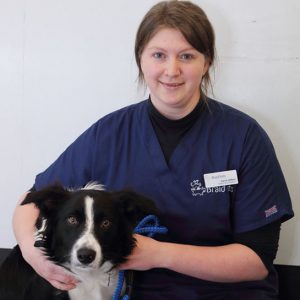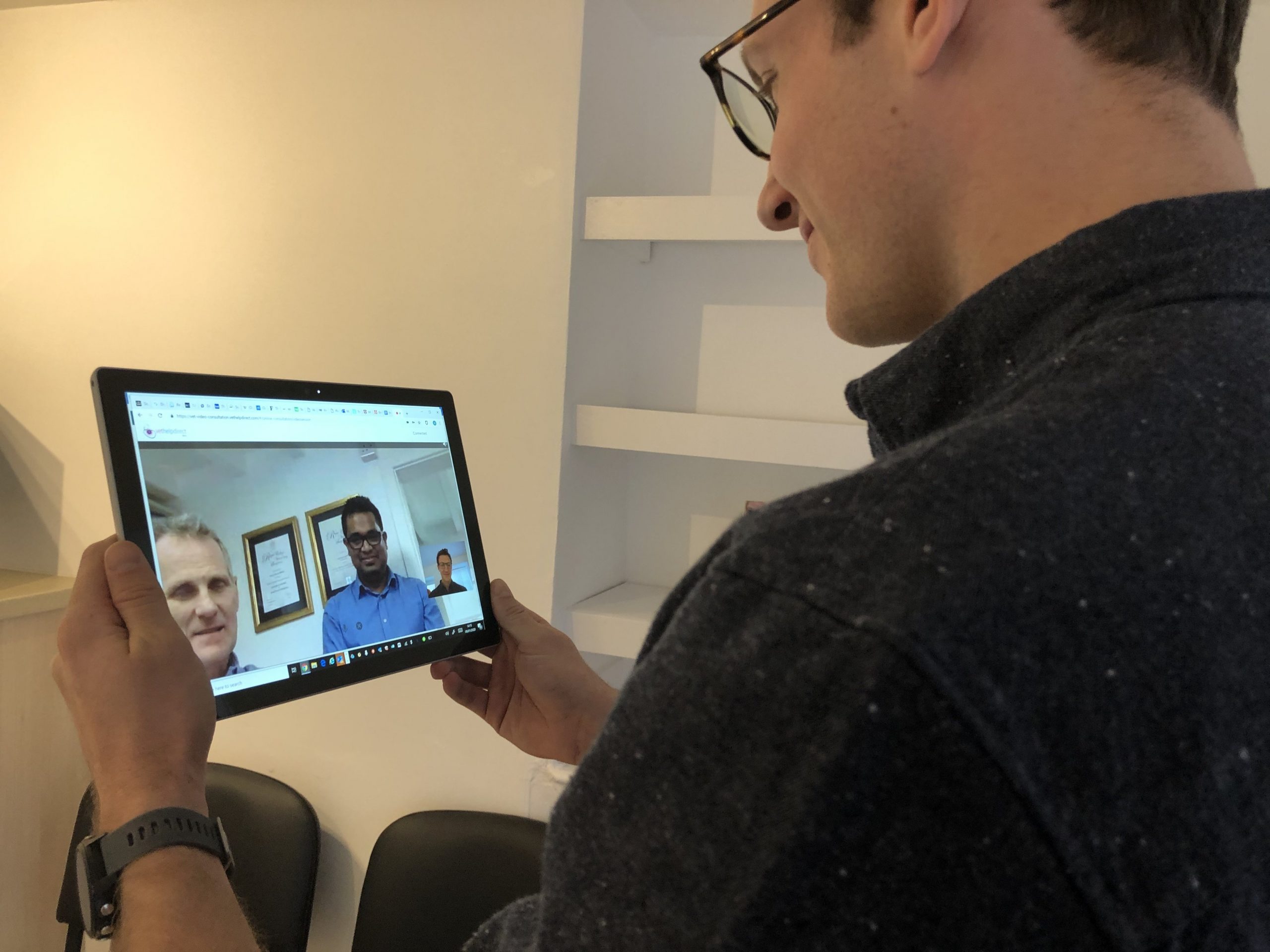June 19, 2020
Time for Telemedicine: Integrating Video Consults into your Practice
Joanna Woodnutt BVM BVS MRCVS
June 19, 2020
Lockdown is lifting, and life is returning to what’s being called the ‘new normal’. For vets, this new normal appears to be working harder than ever before, dealing with an inexplicable number of emergencies and trying to catch up on the backlog of non-urgent appointments that were postponed during lockdown.
We get it. The next few weeks are going to be really, really tough. But don’t drop the ball on your new service! It might seem like there’s no time at all in the day to keep telemedicine running smoothly alongside everything else, but we’ve come up with some top ways to help you keep this service running through the thick of it.
Why do I need Telemedicine? COVID is over!
Practices that treated video consulting like a sticking plaster are now wondering whether it’s safe to take the bandage off. But there are a few things to remember.
All is not Normal Yet!
Many members of the public who are old are still isolating and scared to come out. Those shielding with significant medical issues are also going to remain indoors for the immediate future. Although most of the country is labouring towards a ‘new normal’, don’t forget about the most vulnerable in our society, who still need to access veterinary care – where possible, without leaving the house.
A Second Wave?
Nobody knows whether there will be a second wave, and whether it’ll be as bad, or worse, than the first. At this point, being prepared for one seems sensible. And that means that making sure all your systems are ready to go back into an enforced lockdown, if necessary.
A Saleable Service
In one of our surveys, 67% of pet owners want to use video to contact their vet post-COVID. The rise of telemedicine companies like FirstVet and Joii shows that there is an appetite for quick, easy-to-access veterinary advice from home. A lot of clients don’t want to ‘Google’; but they do want answers, and fast. Having bookable video appointments with your vets sends them not to Google, not to FirstVet – but straight to your practice.
Consistency is Key
With any new service, consistency is important. Stopping offering video consultations now will make it all the harder to start them again. And you should be thinking about offering them long-term to give your clients all the options they want and need.
Integrating a New Service
Imagine you were offering laparoscopic spays. You didn’t have great take-up to begin with, so you didn’t get much practice at first. They take longer and take more staff than a normal spay. Do you sell the kit on and give up altogether? Or do you make the time to keep learning? Imagine now that lockdown landed right in the middle of your learning. Are you going to tell everybody that there will be no laparoscopic spays until you’ve cleared the backlog of neuters because there’s no time? Or once again, are you going to find ways to make sure you continue offering the new service to those that want it?
Obviously, the sensible answer is that you continue offering the service – perhaps with some limitations – to ensure that clients can access it if they need to. Here are some of the ways we think you can do that with telemedicine:
Only do some types of video appointments
Instead of trying to keep all the plates spinning, only offer telemedicine to those clients and cases that will truly benefit. Perhaps all three-day post-op checks could be taken by a telemedicine nurse. Realistically, most of them only take five minutes. Instead of booking a 10-15 minute slot out, a nurse could rattle through three times as many this way. Clients benefit disproportionately when they’re not forced to come in for such a short period of time. Follow-ups after starting new meds, ‘check mouth’ and ‘check lump’ appointments are all appointments that can save time when being done by video.
Let your staff shield
If you’ve got a pregnant vet or nurse, the temptation will be strong on both sides to get them into work. Just like taking sick days, veterinary staff often feel guilty if they are not in work. With telemedicine you can keep them safe and use their skills to help the team.
Offer extended opening times with video appointments
Still no time? Try tagging your video appointments onto the beginning or end of a working day. 8-9, for instance, allows assessment of urgency ahead of morning surgery. For a clinic that usually closes at 6.30 so the staff have time to clean and leave for 7, an extra half-hour might be needed to help make up the backlog of cases.
Consider getting in a locum
If one of your shielding vets has just arrived back into the practice, you might be finding yourself with a telemedicine-shaped hole in your life. Whilst you work out how to fill it, why not employ a video locum? They don’t have to be nearby – although a locum that knows your practice and protocols is best. Telemedicine can be done from anywhere – your locum can work from home and keep your video consults ticking over whilst you catch up on your surgical list.
Utilise ‘empty’ vet days on your two-team rotation
Many practices are still working on a two-team shift rotation, to limit the damage if one team gets coronavirus. But what are your staff doing when they’re at home? Can you get each team to run telemedicine slots in their ‘off’ days?
What about Long-Term?
The veterinary profession is notoriously inflexible to those wishing to work different shifts to allow a work-life balance or a family. In fact, this is thought to be one of the drivers of vets leaving the profession. Why not try to work towards more flexible working for your staff? Each vet could have a work-from-home day each week. Or those that are pregnant could work from home when the bump gets too big for consulting. Vets that are struggling with their work-life balance could even negotiate a different rota based around teleconsulting. There are lots of ways to integrate video consulting into practice long-term.


